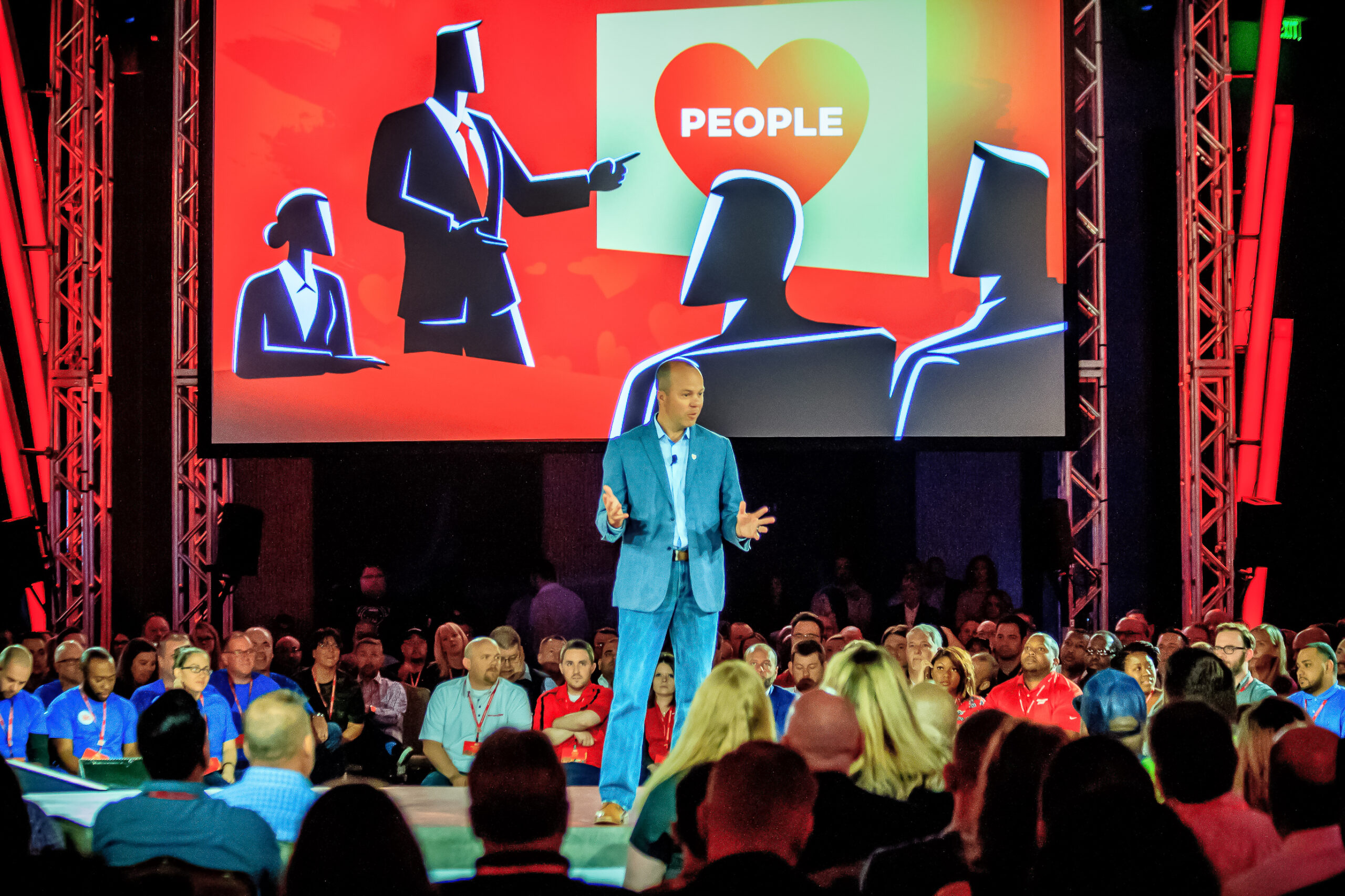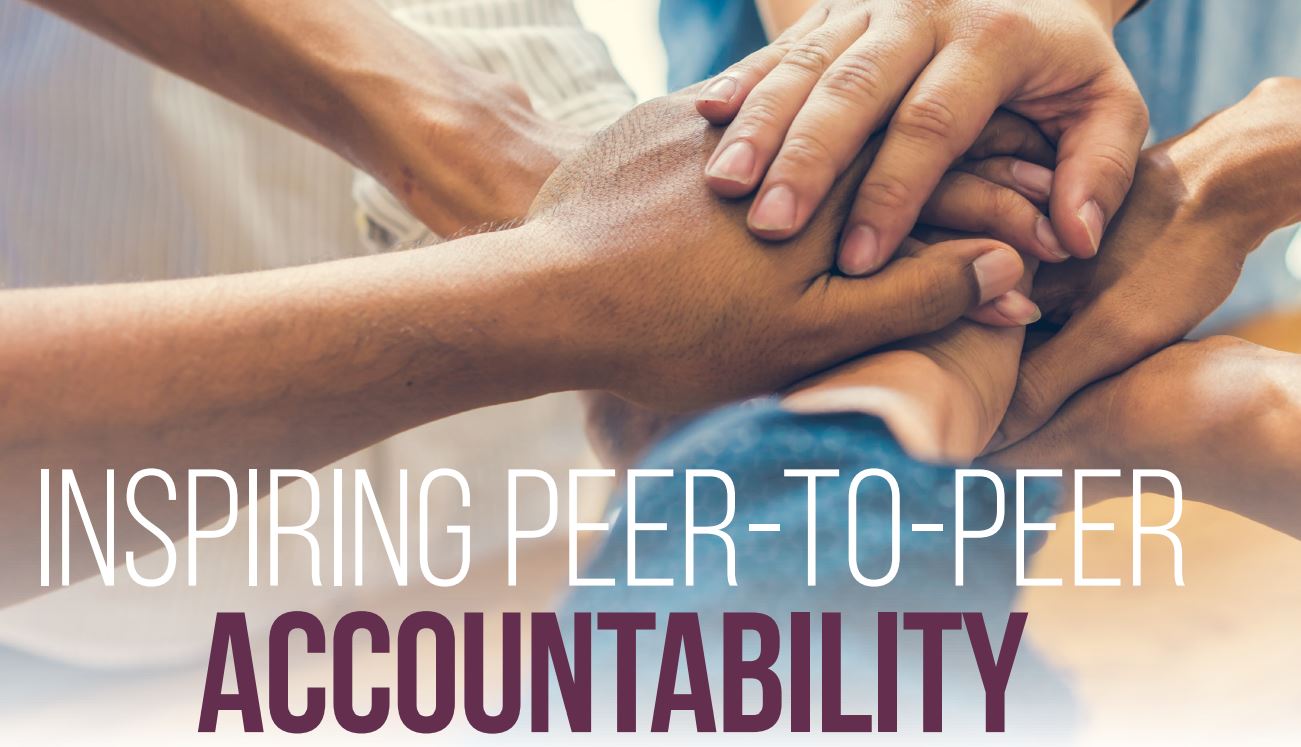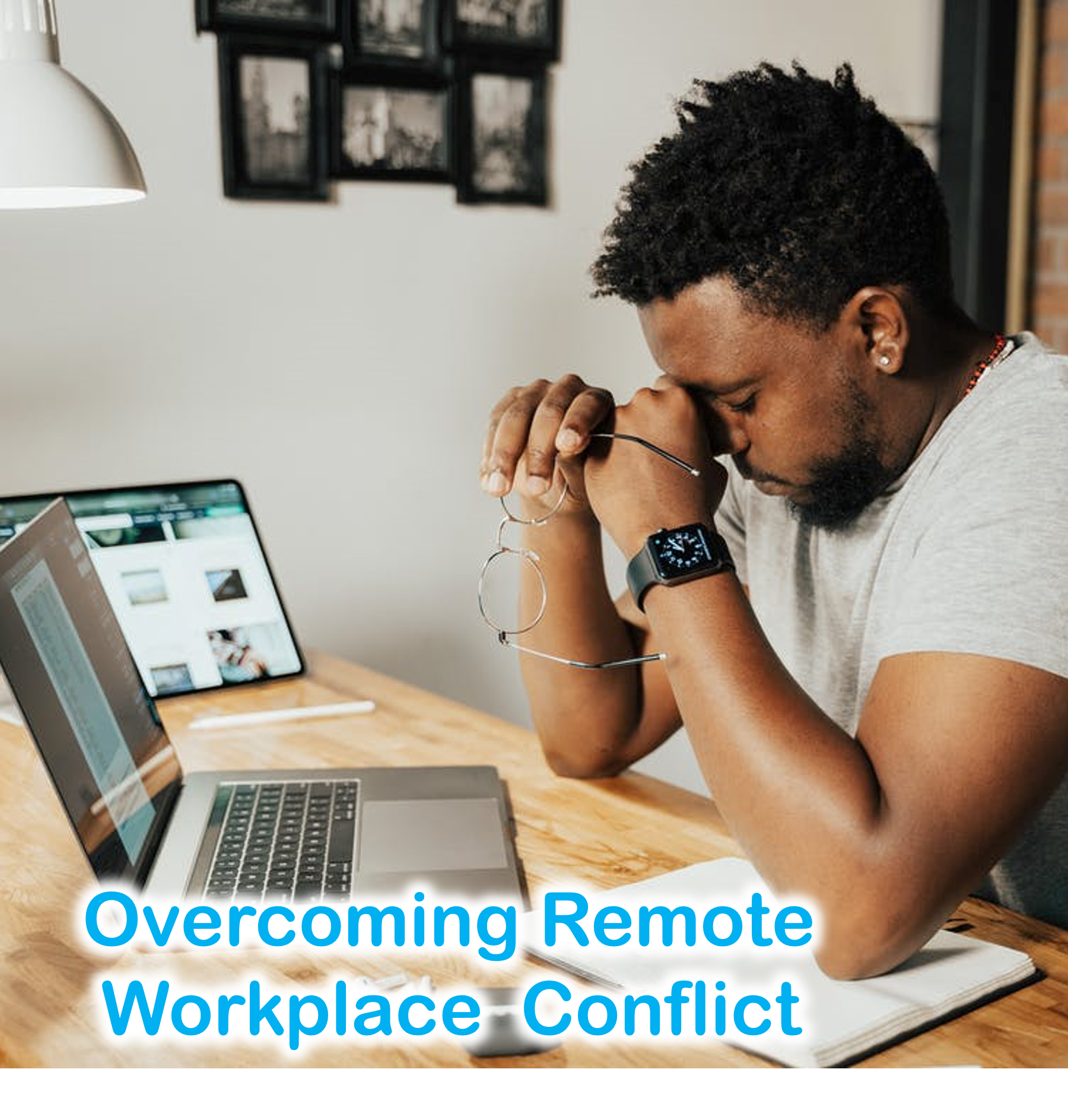
Balanced Accountability: Using F.A.C.T.S. to Transform Energy Vampires into Team Players
Every workplace has them, difficult employees who seem to drain the energy out of every meeting, project, or task. These individuals, often dubbed “energy vampires,” bring negativity or disengagement that can impact the entire team. But instead of writing them off, what if there was a way to redirect their energy to benefit the group?
With a structured approach like Balanced Accountability and a framework called F.A.C.T.S. (Facts, Action, Cost, Timeline, Support), leaders can inspire even the most challenging employees to take responsibility and become positive contributors.
What is Balanced Accountability?
Balanced Accountability is about creating a culture where every team member takes ownership of their actions and impact on the team. This approach is grounded in three core pillars: Personal Accountability, Positive Accountability, and Performance Accountability.
- Personal Accountability focuses on each individual’s responsibility to manage their actions and attitudes. It encourages employees to take ownership of their behavior and its effect on team dynamics.
- Positive Accountability promotes constructive and supportive interactions. Rather than punishing mistakes, it focuses on positive reinforcement and encouragement, which helps employees feel valued and motivated to improve.
- Performance Accountability ensures that each team member is contributing to the organization’s goals. This pillar highlights the importance of measurable outcomes, making it clear that everyone has a role in achieving team objectives.
When these three elements are combined, Balanced Accountability becomes a powerful tool that doesn’t just correct behaviors but also builds a positive, high-performing culture. Leaders can transform “energy vampires” into engaged team players by helping them understand how their actions affect their own growth, the morale of others, and the overall team performance.
Understanding Energy Vampires in the Workplace
Energy vampires are employees who drain enthusiasm and motivation from their colleagues. They may exhibit behaviors like chronic complaining, pessimism, or reluctance to participate. This negativity affects not only their own productivity but also the morale of the entire team. Yet, many of these employees might not even realize their impact. This is where Balanced Accountability, using the F.A.C.T.S. framework, can play a transformative role.
The F.A.C.T.S. Framework: A Path to Accountability
The F.A.C.T.S. accountability framework provides leaders with a structured, supportive approach to addressing performance issues. Here’s how to apply it to inspire change in energy-draining employees:
F: Facts
The first step is to objectively present the facts of the situation. This isn’t about personal judgments, opinions or emotions; it’s about providing concrete examples of the employee’s behavior and its impact on the team. Facts offer clarity and help the employee understand precisely what actions are causing issues.
Example: “On three occasions this month, you voiced concerns in meetings without offering any solutions, which led the team to feel discouraged and hesitant to contribute.”
By focusing on facts, leaders keep the conversation grounded, avoiding accusations or defensiveness. This helps the employee see the specific behaviors needing change, setting a clear foundation for the next steps.
A: Action
After addressing the facts, outline the action the employee needs to take. This isn’t just about changing behaviors; it’s about actively involving the employee in the process. Ask them what actions they feel they could take to turn things around. Encouraging their input helps them feel ownership over their growth.
Example: “What steps can you take to express your concerns constructively and offer solutions, so the team feels supported and motivated?”
By involving the employee in defining the action plan, you empower them to take responsibility. This step encourages the energy vampire to transition from being a passive critic to an active problem-solver, boosting their engagement and the team’s morale.
C: Cost
Next, highlight the cost of their behavior, both tangible and intangible. This isn’t about guilt-tripping; it’s about helping them understand the broader consequences of their actions on team morale, productivity, and trust.
Example: “When meetings end with unresolved negativity, the team becomes hesitant to share ideas. This affects our creativity, slows down project progress, and makes our meetings feel unproductive.”
By articulating the costs of energy-draining behavior, leaders can help the employee realize the impact they have on the team and the organization. This step can often serve as a wake-up call, showing the employee how their actions ripple outwards.
T: Timeline
The next step is to establish a timeline for improvement. Setting a timeline for specific actions creates urgency, focus, and accountability. This is especially effective for employees who tend to procrastinate or show reluctance in addressing their behaviors.
Example: “Immediate improvements over the next four weeks, starting with tomorrow’s meeting. We’ll review your progress each week to ensure you’re on track.”
With a timeline in place, the employee knows exactly what’s expected and by when. This creates a structured plan that allows both the leader and the employee to monitor improvement and address any challenges along the way.
S: Support
Finally, offer support to help the employee succeed. Often, energy-draining behaviors stem from unaddressed frustrations or a lack of confidence. By showing your willingness to support their growth, you help them feel encouraged and motivated.
Example: “I’m here to help you find strategies for sharing feedback positively. We can role-play responses or practice active listening skills to make these conversations feel more constructive.”
Providing support reassures the employee that they’re not alone in this process. It shows that, as a leader, you’re invested in their improvement and willing to offer resources, whether through training, regular check-ins, or mentorship.
Turning Energy Vampires into Positive Contributors
By using F.A.C.T.S., leaders can guide employees from a place of disengagement to active participation. This framework creates a balanced, step-by-step approach that addresses the issue without alienating the employee. The result? A workplace culture where employees feel valued, know their impact, and understand their role in the bigger picture.
For energy vampires, this approach can be transformative. By showing them that their actions matter, highlighting both the costs and benefits, and providing the support they need to grow, leaders can inspire genuine change. Balanced Accountability with F.A.C.T.S. not only improves individual performance but also strengthens team cohesion, morale, and productivity.
Take Action with Love
Balanced Accountability isn’t just a strategy—it’s a mindset that helps leaders inspire even the most challenging employees to become team players. Through the F.A.C.T.S. framework and the pillars of Personal, Positive, and Performance Accountability, leaders can turn every accountability conversation into a growth opportunity. This approach transforms energy vampires into empowered, motivated contributors who bring energy and positivity to the team. When employees understand their value and see the role they play in their team’s success, they’re more likely to engage fully, helping create a workplace that thrives on positivity, productivity, and collective accountability.
About the Author:
Hernani Alves makes the most complex skill in business and life, awesomely simple.
Hernani started as a part-time employee and eventually grew to become the President of a $3 billion publicly traded Company that was regularly voted as Best Workplace. Today, he’s an author and an international speaker that helps leaders build world-class teams focused on getting results.
Hernani has been featured in: Stanford University, University of California, Oklahoma State University, SHRM-Atlanta, iHeart Radio,HR.com, CEOWorld Magazine, Extreme Leadership, and more.
In his best selling book, Balanced Accountability: Three Leadership Secrets to Win Hearts and Maximize Performance, Hernani delivers clarity on the case for accountability and the steps organizations, and individuals need to take to unleash their potential. He reveals the frame work needed to improve accountability in the workplace to win hearts and maximize performance.
In his best-selling book, The Champion Advantage, Hernani delivers clarity on the case that we need to refocus and reset our lives. He reveals the champion playbook to maximizing our controllables to get a head start to winning like a Champion.
To connect with Alves, visit his Website or LinkedIn Profile
















